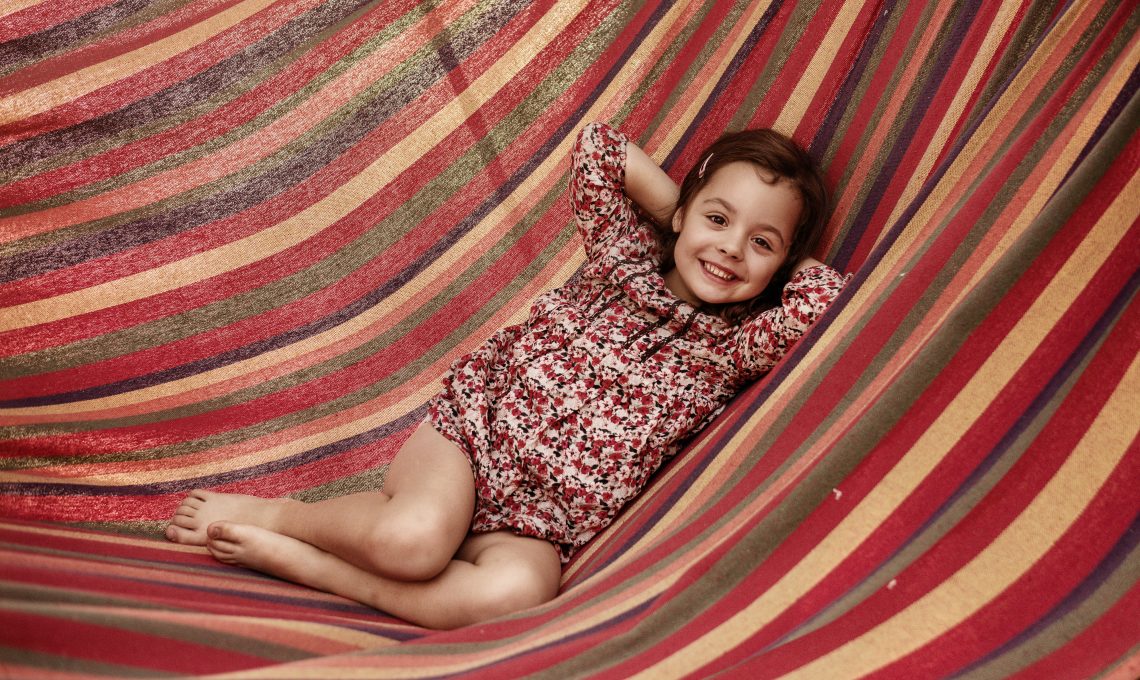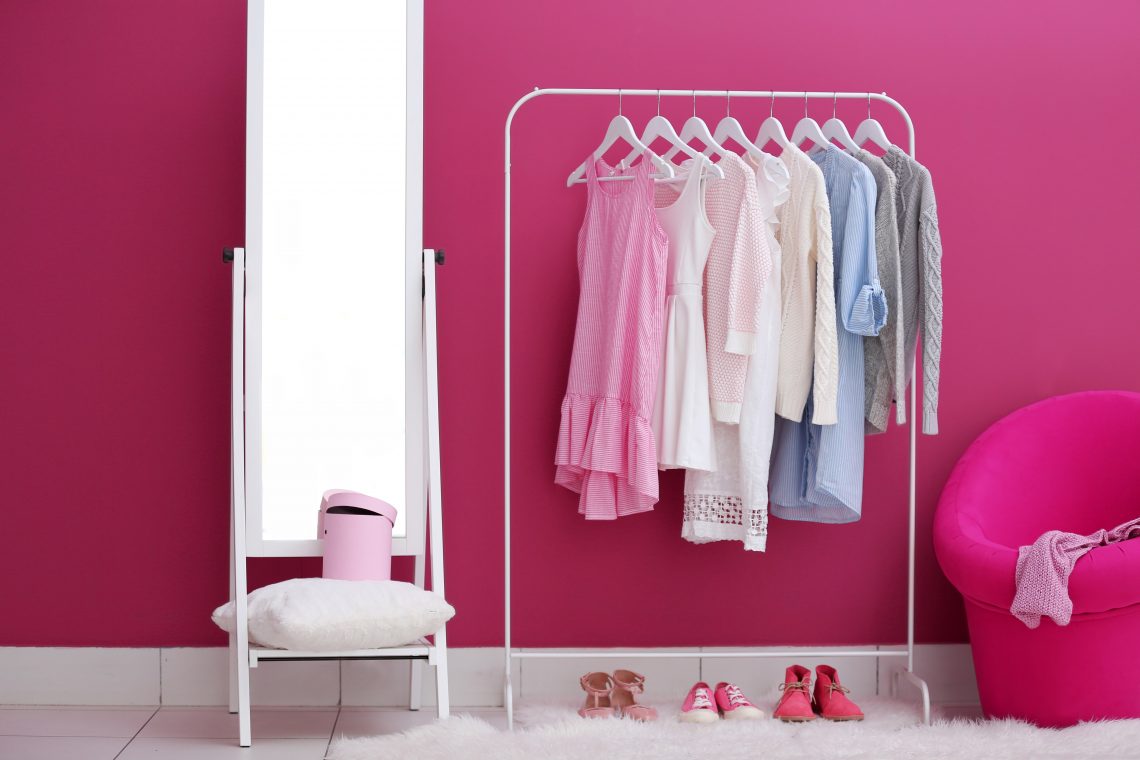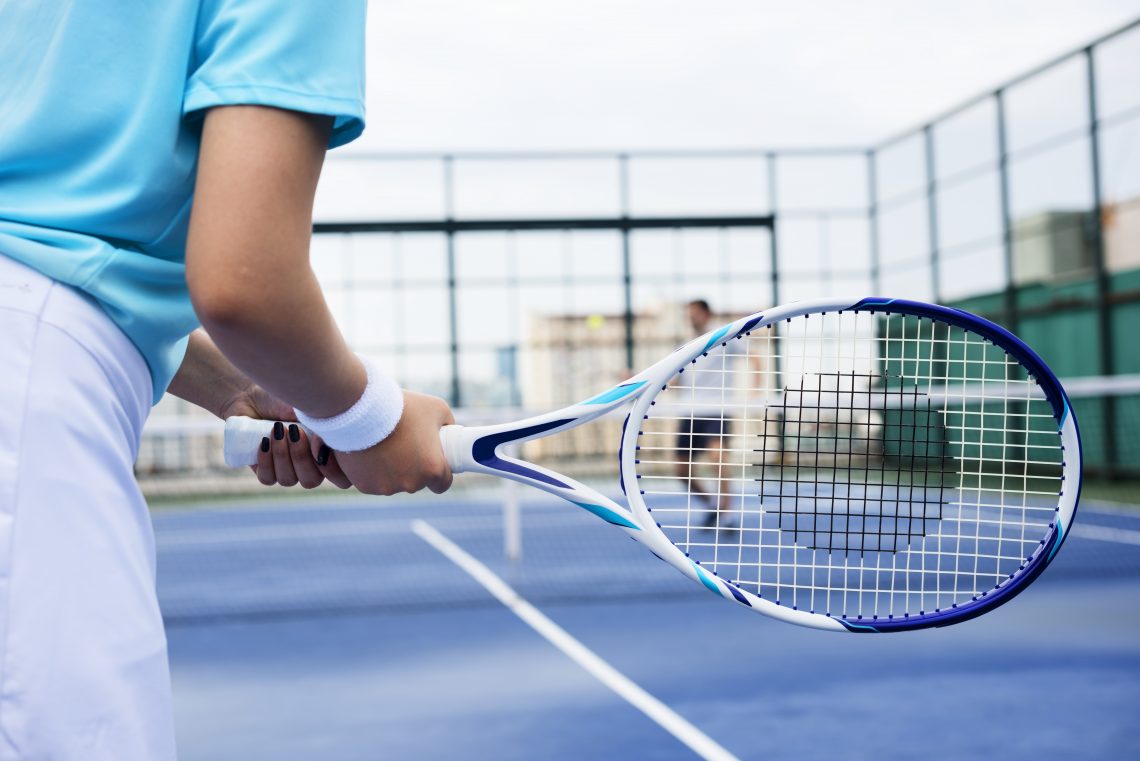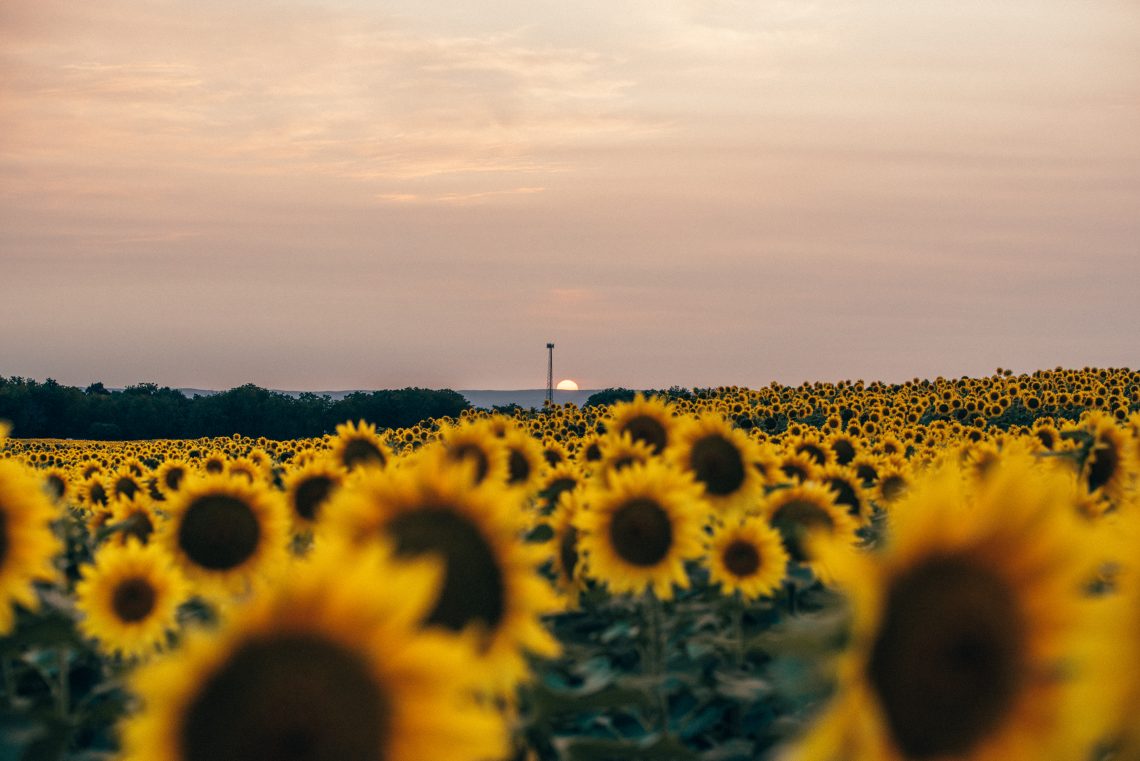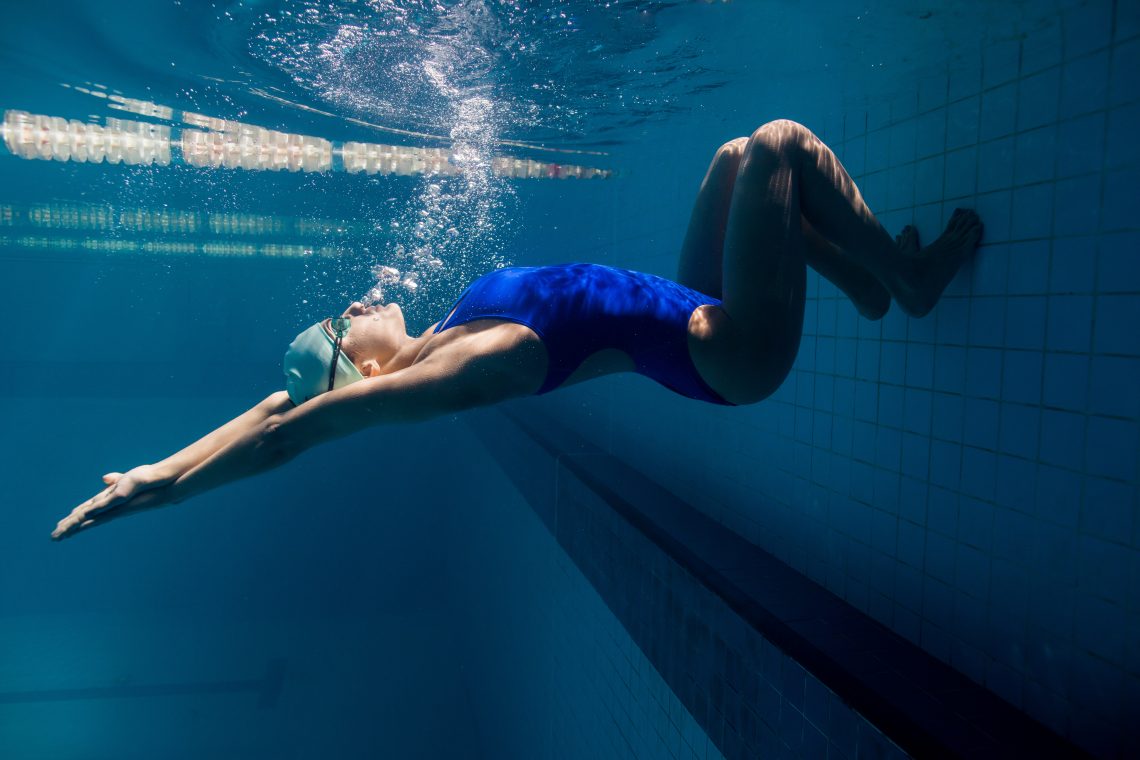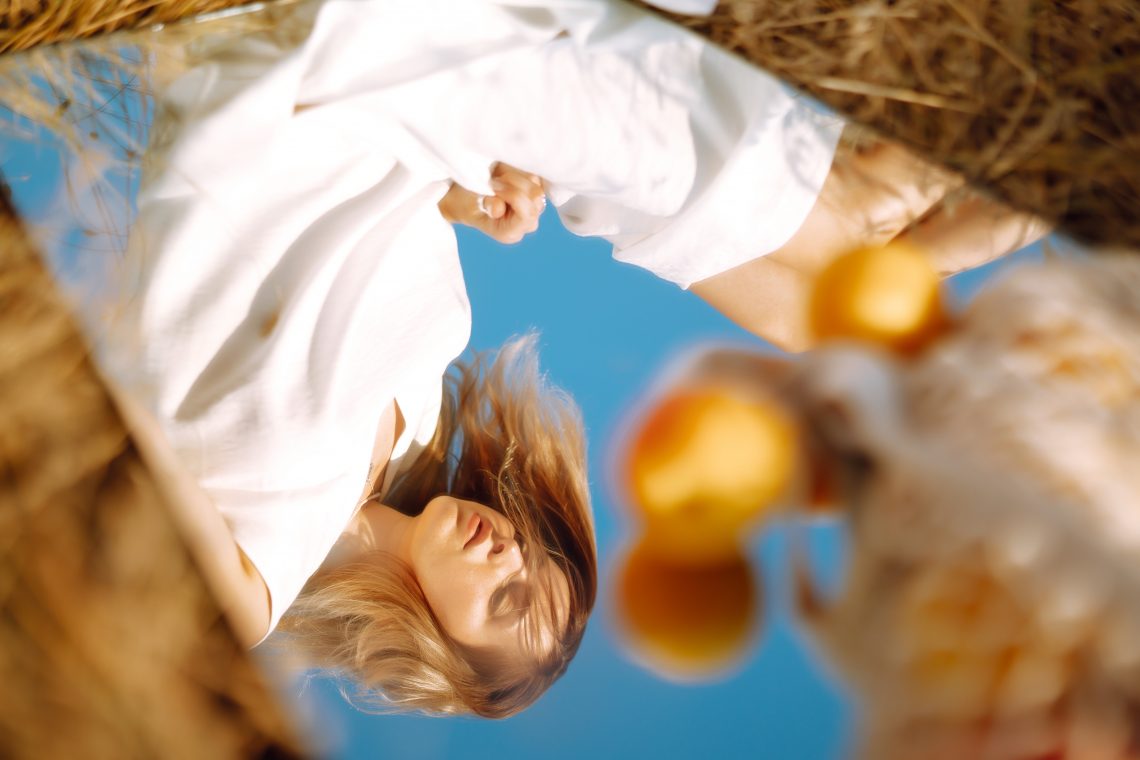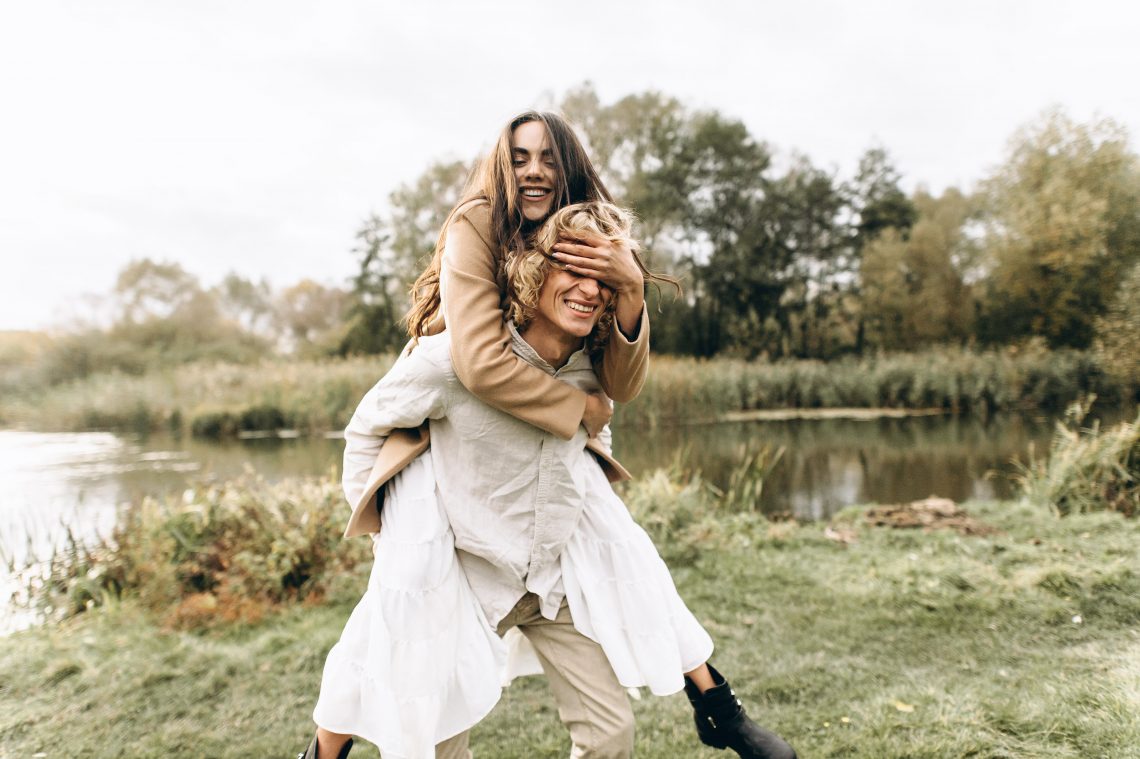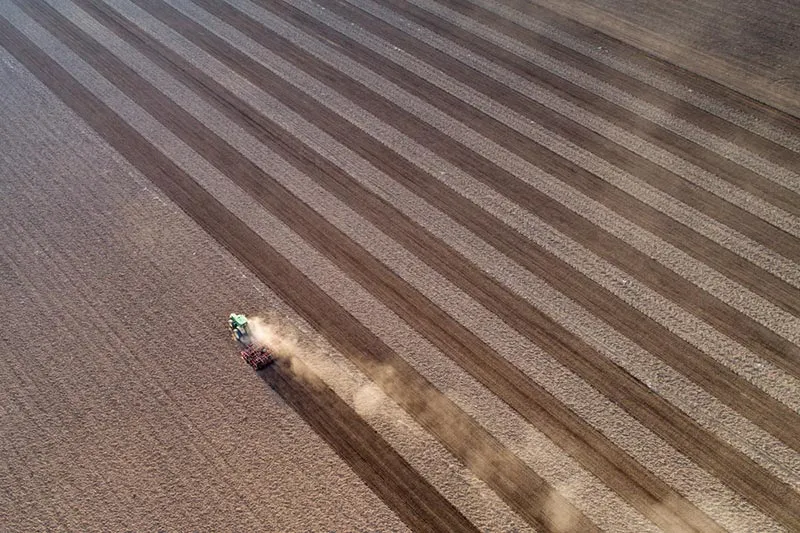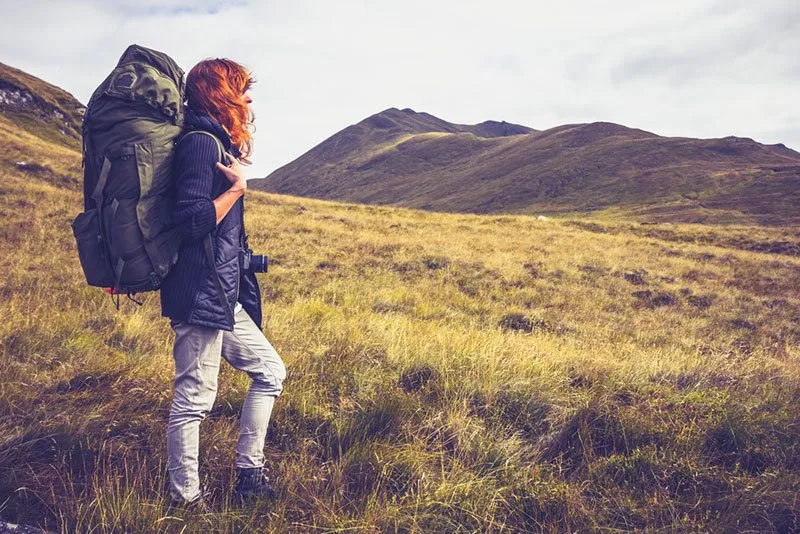The Power of Photography Backgrounds: Explainer for Creatives
Image Background Remover is one of the most popular tools in the Depositphotos ecosystem. And this is not a coincidence since the background you present through your photography is no less important than the subject itself.
A background can make your subject more visible to the audience and draw attention to detail. It can also explain something about the subject and even make it part of the story; all by giving the audience relevant context.
This article is a collection of key facts that you need to know about backgrounds to unleash their creative potential.
What is a background in photography?
The foreground and background are the essential parts of any photo. Typically, photographers place the main object in the foreground of their shots and use the background to make it stand out, or provide the audience with some context.
This rule is often used in portrait and product photography, but much less in landscape photography, where the middle and background are the main elements. In 2022, there is a tradition of using simplified backgrounds in some photography genres like flat lay, headshots, and product photography. However, most modern photographers tend to use the background as visual means.
Here are critical functions that a background performs in the work of photographers in 2022:
- Gives context
- Highlights the main object
- Harmonizes the composition
- Complements the palette
- Tells a story
Foreground, midground, and background are the building blocks of any photo. We invite you to study the main compositional rules of photography to understand which objects to place on which ground — Back to Basics: 10 Composition Rules in Photography.
6 types of backgrounds in photography
Solid background (white, black, or colored)
Commonly used: headshots and portraits, product and food photography, stock photography
A seamless, monochromatic background is suitable for portraits and product photography, that is, genres where the photographer’s task is to document the appearance of the main subject, be it an object or model. A solid background highlights the subject of a photoshoot, and all the audience’s attention will be directed to it.
In addition, a solid background is ideal for designers, as it allows them to spend less time removing the background and integrating part of the photo into the new design.
Get deeper into portrait photography with our recent guide — 28 Creative Portrait Photography Ideas for 2022.
Blurred background
Commonly used: close-ups including portraits and product shooting, photojournalism, scientific photography
The bokeh effect can result from applying either specific photographic equipment (for example, telephoto or macro lens) or a filter in post-production. For example, a background blurring imitation was possible with one of the first Instagram filters.
Blurred background effects help us realize the distance between the subject in the foreground and what surrounds it. The technique is necessary if the background is intended to create an atmosphere, but not distract from the foreground. In addition, background blurring creates intrigue because the subjects in the background are barely distinguishable.
Learn about aesthetics and techniques for blurry photos here — Blurry Photography: A Featured Image Collection.
Detailed background in focus
Commonly used: landscapes, industrial photography, fine art photography, analog photography using simple film cameras
This category includes pictures in which objects in the background are visible. A detailed background can be paired with a blurred foreground. This means that what is happening in the background is more important for the photographer, or that we are dealing with a “spontaneous” shot in which it was not possible to set the correct focus. The latter can (and often is) an artistic technique that makes us feel like we are part of the documented event.
If the photo contains a clear foreground and background, most likely, we are dealing with wide-angle lens photography. It can also be a digital shot (even modern smartphones can take several pictures at a time and then compose them into one composition without blurry objects) or a simple analog camera shot.
In this article, we talk more about the effects that you can get with an analog camera at hand — Good Old Film Photography: 6 Tips for Beginners.
Textured background
Commonly used: artistic portrait or product photography
Photos with textured backgrounds are somewhere in between images with solid backgrounds and ones where you can clearly see background details.
Textured background photography includes shooting against natural brick walls or green hedges, and subject photography on cloth, sea pebbles, or grass. In this case, the task of the background is to set the mood for the frame, but not to switch the audience’s attention from the foreground to the background.
Find more ideas on using texturing backgrounds here — Fine Art Photography Tips.
Background that strengthens the composition
Commonly used: art and fashion photography, shooting for top marketing campaigns
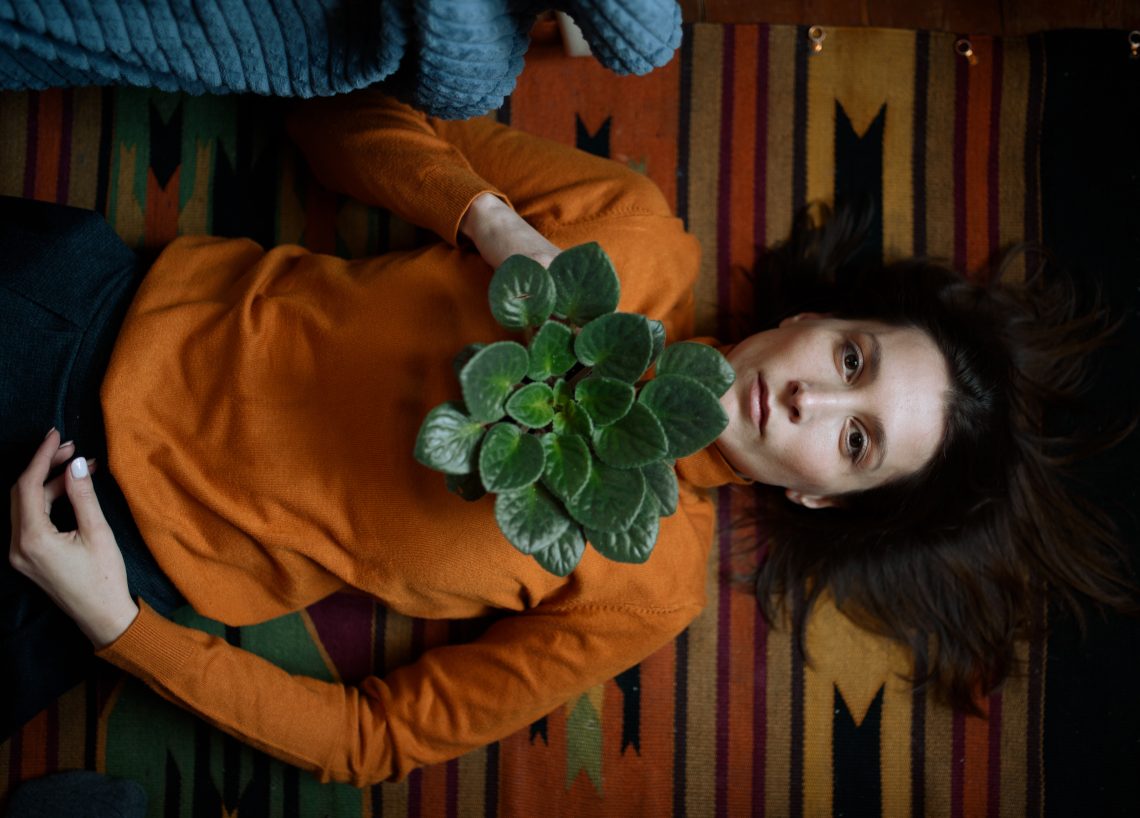
The background has a significant impact on your overall impression of an image. It can balance the composition of your image or complement its color scheme with the right shades and color accents. For the background to work with your palette or composition, you need professionalism and artistic flair. Both require practice.
An example of using a background to create a harmonious composition is placing contrasting background objects on the secondary Golden Ratio lines. Another example is the use of background lines as a continuation of foreground composition lines.
Explore more ideas on composition and palettes here — Staying Photo Shoot-Ready: 12 Photography Trends.
“Hidden meaning” background
Commonly used: documental, genre, art photography
Perhaps the most complicated and exciting way to use a photography background is for storytelling. In photography, this technique comes from genre painting and iconography.
In ancient times, the background of a painting could contain a brief biography of the character in the foreground, symbols, or hidden hints concerning the depicted events. For example, one of the most famous paintings by Diego Velázquez, Las Meninas, has a mirror in the background, which reflects the artist at work. Another example from genre painting is the work by Jan Vermeer, Lady Writing a Letter with Her Maid. Take some time to study all of its intriguing background details!
How to choose a background for your photography subject
The truth is you can hone your background skills all your life, constantly discovering something new for yourself. That’s why here can’t give you comprehensive explanations and unbreakable rules. What we can do is show you the starting point to finding a background. One that can help you express your creative ideas in the best possible way:
#1 Add contrasts
The background is secondary to the main object in the frame. At the same time, the background makes this object noticeable. To choose the right background, decide what the subject of your photoshoot is.
Choose a contrasting background to focus one’s attention on the main subject. A white object will be most noticeable against a black background, and a red berry will be more visible on green grass.
#2 Balance composition
If you choose a symmetrical composition for your shot, make sure your background elements follow it. Things are more complicated with an asymmetric composition built on the principle of the rule of thirds or the Golden Section. In this case, make sure that the contrasting elements of your background are located at the intersection of secondary compositional lines or follow the centrifugal composition.
#3 Follow your central theme
The background gives context, which people use to find hints about what happened before the documented scene. The background makes it possible for them to get more involved and feel like a part of something. Therefore, make sure that your background is not random, it should complement your idea instead.
For models dressed in cottagecore style, a field at sunset or a country house, rather than a business center in a business quarter, will be suitable as a background. More on this topic — Photos in Cottagecore Aesthetics to Appeal to Gen Z.
#4 Add meanings for picky observers
The background adds depth to your shot, and we’re not just talking about perspective. Depth of meaning makes a photo exciting and makes people stop in front of it in the gallery.
There is no recipe for creating a thoughtful photo. Your experience and ideas play a key role here. Just try to tell your story with a background (which often takes up most of the frame!), and don’t be afraid of experiments.
Wrapping up
Don’t underestimate the background of your photo. A well-chosen background can make your image enjoyable and clear to your audience, while a background that breaks composition and does not fit into the theme only confuses them.
In 2022, our advanced Image Background Remover applies AI to identify objects in the foreground, in order to place them over a transparent background for users. Hundreds of clients use it every day, meaning creators no longer need to create photos of isolated objects, but rather invest resources into experimenting with the background.
Start with building a dialog between a foreground and a background at a conceptual and visual level, and see where regular practicing will get you.
Other materials on this topic:
Image Background Remover Updates! Now—with Brushes and Advanced Object Recognition
